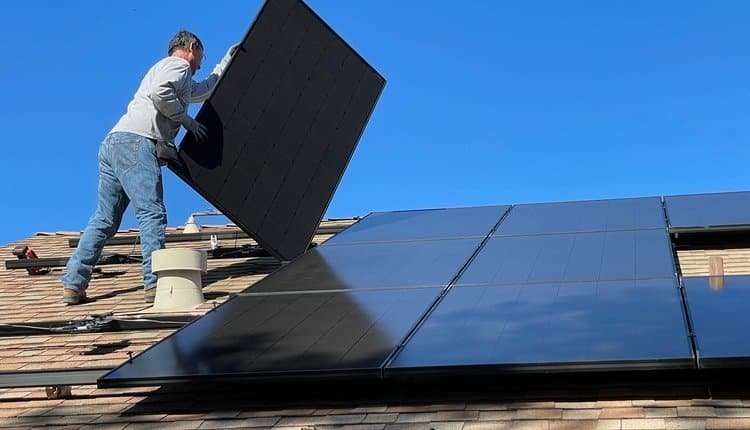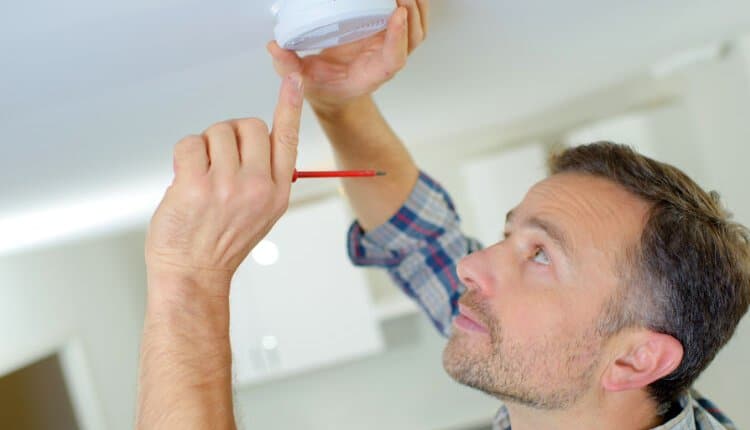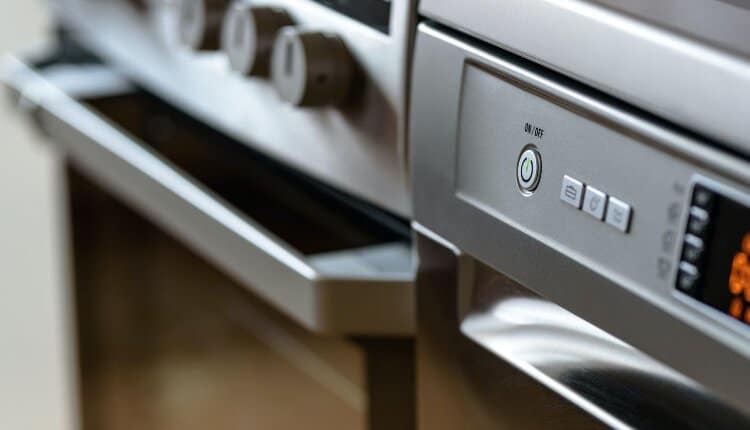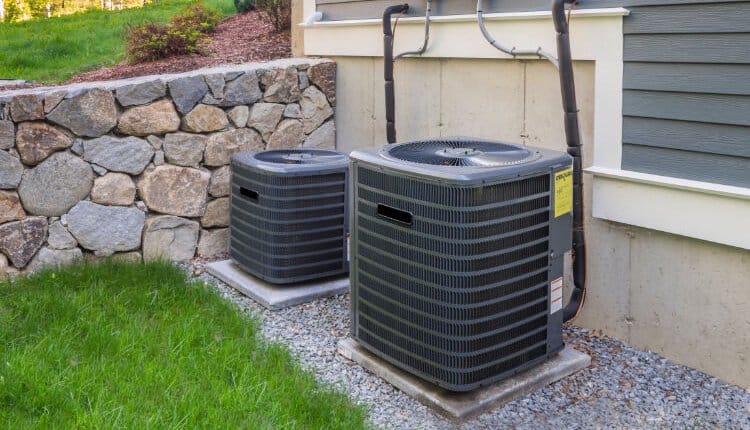
Solar panels can provide clean electricity for your home, helping you to save money on energy costs while also doing your part to help the environment. However, not all homes are suited to solar energy. Here’s what you need to know to determine whether solar panels make sense for your home.
Can you afford solar panels?
Gone are the days when you had to shell out thousands or even tens of thousands of dollars upfront to buy solar panels. You’ll have a lot of other options available to you these days, including taking out a personal loan, financing the project through the solar panel company, and leasing the panels from the company. Depending on where you live, you may even be eligible for state or federal subsidies or rebates to encourage you to go solar.
Take the time to request quotes from several solar companies, and be sure to research the many options in your jurisdiction. This way, you’ll have all the information you’ll need to work out which option makes the most sense for your budget. You’ll likely be pleasantly surprised that solar panels are much more affordable than you might think.
Do you get plenty of sunshine?
Of course, you’ll need to have plenty of sun on your roof throughout the day to make solar panels worthwhile, or enough space on your property for a ground-mounted system. If you have a large tree that shades the bulk of your property, or if you live in an area where the weather is often cloudy, solar panels may not be cost-effective for you. Think about the layout of your roof and the typical weather where you live to determine whether you’ll get enough sunshine to produce the necessary electricity to reduce or your electric bill enough to make the project worthwhile.
Are there any local or HOA requirements?
Some jurisdictions have regulations regarding solar panels, so you’ll want to ensure you are complying with any laws in your area. If your home is in a community with a homeowner association (HOA), you may also have to comply with their rules and bylaws. Be sure to do your research in advance and request approval so you don’t end up getting fined for not following the rules.
Get Started with Solar Today
You’ll never know how much you could save with solar panels until you start looking into it, so start your research today. You could save a lot of money on your electric bills while also potentially adding value to your property and preserving the environment, so it is in your best interest to at least check out the possibilities.




